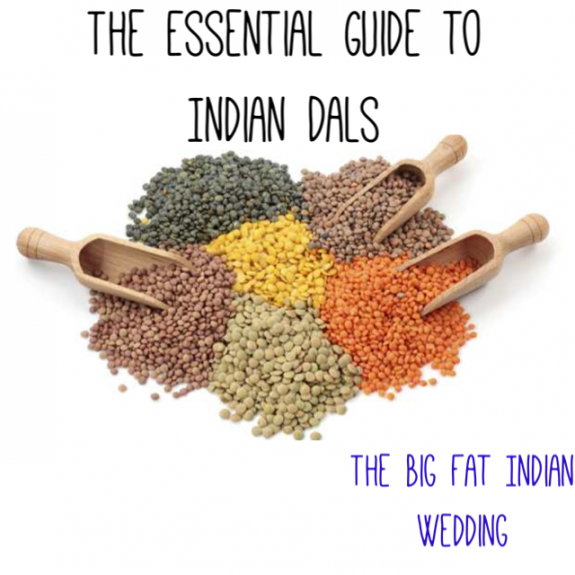Indian food is famous for its use of lentils and pulses. These foods are high in protein and nutritional value, and they can be found at almost every meal. From dosa batter to dal-rice, different types of dals can found in an Indian kitchen to whip up delicious foods for any snack or meal.
Here’s a breakdown of the types of dals used in Indian cooking:
Moong Dal
Moong dal is a common lentil used in foods such as khichidi and tempered yellow dal. It is a low-calorie food, so it’s often substituted for heavier dals for the more health-conscious.
Chana Dal/Gram Dal
Chana dal is a heavy dal, but it’s a great source of protein. It can be used in any lentil dish – such as tarka dal. Chana dal is handy to mix in with a vegetable subzi for an extra dose of protein.
Masoor Dal
This red dal is commonly used in tarka dal, which is made with simmered lentils tempered with spices. Masoor dal is known to improve blood circulation.
Kabooli Dal
This black lentil is often mixed with other lentils to create heavy, curry-like dal dishes such as dal makhani and Rajasthani dal. It is rich in iron and folic acid.
Urad Dal
Urad dal is a high source of protein and vitamin B, and as such, it is consumed on a regular basis by traditional Indian families. It is commonly cooked to be a dry dish (“sukha”) enjoyed with roti.
Toor Dal
Toor dal is the most commonly eaten dal in India – it’s the one used in the simmered dal regularly eaten with rice at the end of an Indian meal. Toor dal becomes soft and mushy once boiled in a pressure cooker, so it creates the perfect paste for a savory, spiced dal. It is also great for digestion since it contains fibers.
Green Moong Dal
Green moong dal isn’t as commonly eaten as its split moong dal cousin, but it is full of calcium and low in calories. It can be found in street dishes such as pani puri – since it adds a filling component to the otherwise watery snack.
Lobiya Dal (Black-eyed peas)
Lobiya dal is rich in protein and zinc and is another heavier dal, like kabooli dal, that is mixed into thick dishes such as dal makhani. It can also be sauteed in spices for a savory accompaniment to roti.
Sprouts
Sprouts include any kind of dal that has been soaked in water and thus “sprouted.” Sprouted dal has more fiber than non-sprouted dal. These dals can be eaten raw in salads or cooked with vegetables. A common Maharastrian dish called amti uses sprouts to create a thin, spicy curry.
Dals are a great source of protein and fibers – especially considering that many Indian families tend to be vegetarians. What are your favorite dal dishes?

